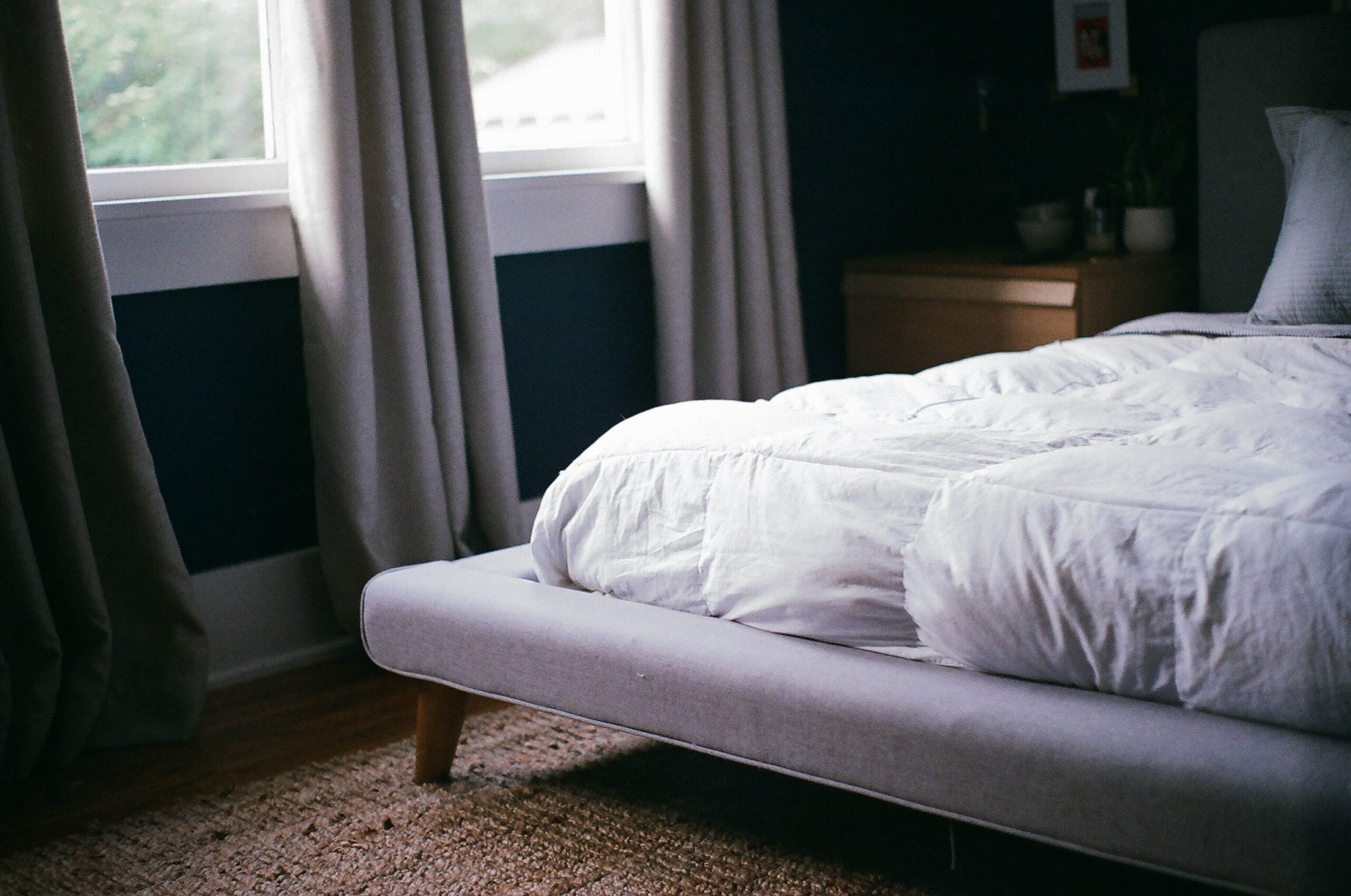A mattress is the backbone of good sleep. Night after night, it supports you while you slumber, preventing pain and stiffness. So it’s important to take good care of your mattress, which includes cleaning it regularly—a habit that can also help extend its life.
Here’s a guide to how often you should clean your mattress, how to do so properly and when it’s best to bring in a professional.
Why You Should Clean Your Mattress
There are numerous reasons to clean your mattress, says Katherine Hall, a sleep psychologist with the London-based insomnia cognitive behavioral therapy program Somnus Therapy. Two important ones include:
Fungi. “While we sleep, it’s natural for us to sweat, and when we do, the moisture can seep into our mattress,” she says. That can create an environment where fungi grow.
Dust mites. Mattresses tend to gather dead skin cells, which can attract dust mites that breed within your mattress, says Hall. One study in the journal Allergy found mite feces in 40.5% of dust samples from foam mattresses without covers and in 26.3% of those with covers. About 13% of spring mattresses analyzed had mite feces as well.
Beyond the obvious ick factor, both fungi and dust mites can have ramifications for your health. If your mattress is dirty—full of dead skin cells, natural body oils or dust mites—it could trigger health issues like asthma or eczema, says Hall.
How Often Should You Clean Your Mattress?
You should aim to clean your mattress at least once every six months, says Hall. Sticking to this schedule can help extend the lifespan of your mattress.
However, if you spill something on your mattress, it’s smart to clean it right away before a long-lasting stain develops.
How to Clean a Mattress
Follow the step-by-step guide to cleaning your mattress below for peaceful—and hygienic—shut-eye.
Step 1: Remove all your bedding.
First, you need to “strip your mattress and wash all your bed linens,” says Hall. Once all your sheets are in the wash and your bed is clear, you can start cleaning your mattress in earnest.
Step 2: Vacuum your mattress.
Vacuum the top, bottom and sides with your vacuum’s upholstery attachment, advises Hall. This step helps remove dust and any other debris from the bed’s surface.
Step 3: Put your stain remover to work.
This step involves spot-cleaning any visible stains. If you’re dealing with blood, sweat or urine stains, it’s typically best to use an enzyme-based cleaner or a mixture of dish soap and water. You can also create a homemade solution out of water and white vinegar, or from water and hydrogen peroxide.
Step 4: Deodorize your mattress.
Sprinkle some baking soda on top of your mattress and give it at least an hour to set, says Hall. Baking soda helps absorb excess moisture and odors.
If you’re an essential oil fan, you can add a few drops—perhaps a scent like lavender—to the baking soda, which also helps mask any unpleasant aromas. (Although, if a clear odor persists, it’s best to address its source rather than attempt to hide it.)
Step 5: Vacuum again.
This second round with your vacuum allows you to pick up the baking soda you sprinkled on your mattress. Afterward, let it air out for two to three hours.
Step 6: Flip your mattress and clean its underside.
The reverse side of your mattress likely won’t be as dirty as the side you sleep on, but it still might have some dust or moisture. Once you’ve flipped the mattress, vacuum and deodorize this side, too.
You should also rotate your mattress at least twice a year to prevent sagging, says Hall, so consider this time a great opportunity to do that as well.
Step 6: Re-make your bed.
Once your mattress is completely dry, put your mattress protector and bed linens back on. At this point, your mattress is clean and ready for use.
Additional Mattress Cleaning Tips
Here are a few additional tips for cleaning your mattress, keeping it that way for longer and protecting the overall lifespan of your sleep space.
- Clean your mattress in the morning. You need plenty of time for the baking soda to sit and for the mattress to air out, so get started earlier in the day.
- Check the manufacturer’s instructions. And do so before you start cleaning, says Hall. These will give you a better sense of any specific products you should or shouldn’t use on your particular mattress materials.
- Invest in a waterproof mattress cover or pad. This extra layer can help protect against stains and prevent exposure to threats like dust mites, dead skin cells and potential allergens.
- Wash your sheets at least once a week. You may want to do so even more regularly if your pets sleep in your bed, if you have asthma or allergies, or if it’s summertime (which often correlates to more sweating during the night). Washing your sheets frequently helps prevent dirt, dead skin cells and dust mites from accumulating on your mattress.
- Don’t eat or drink in bed. Avoiding this habit can help cut back on accidental stains that you have to clean later.
When It’s Worth Hiring a Professional
If you have or suspect you might have bed bugs, call a professional immediately, recommends Hall. “Bed bugs are extremely difficult to remove without professional assistance,” she adds.
Otherwise, some people simply appreciate the convenience professional cleaners provide when it comes time for a semi-annual mattress cleaning. Rather than spend an entire day navigating the process, they pay a fee to have most of it done for them. What’s more, professional cleaners often use vacuums more powerful than standard household models and can be better equipped to remove tough stains.

